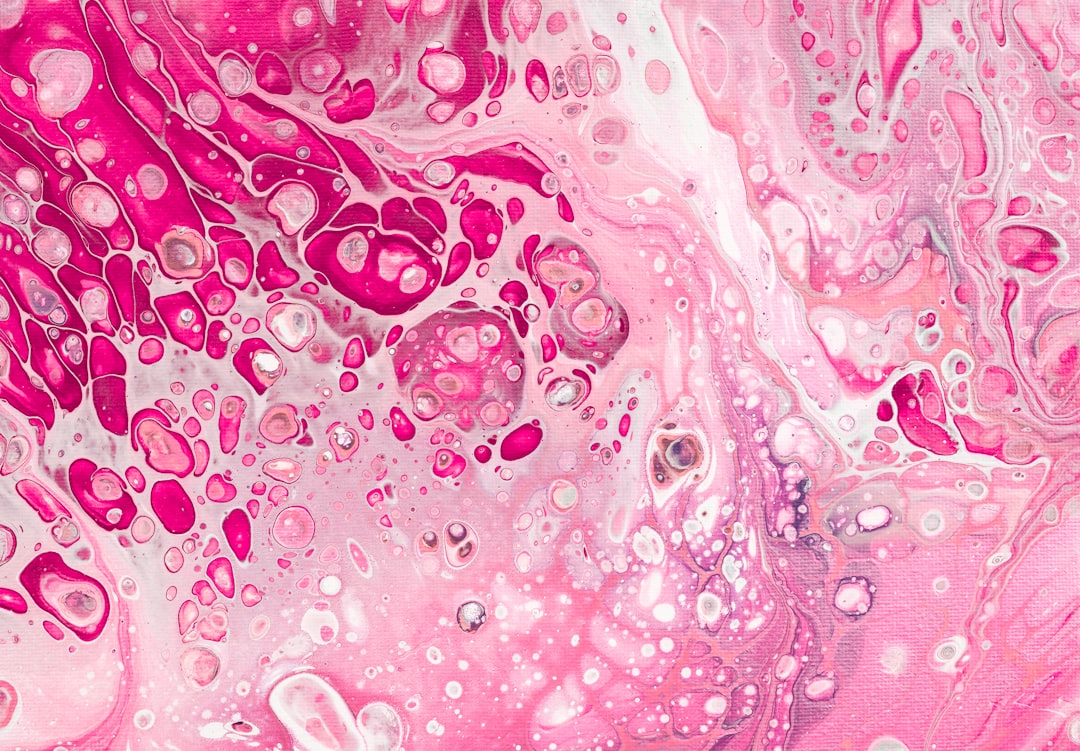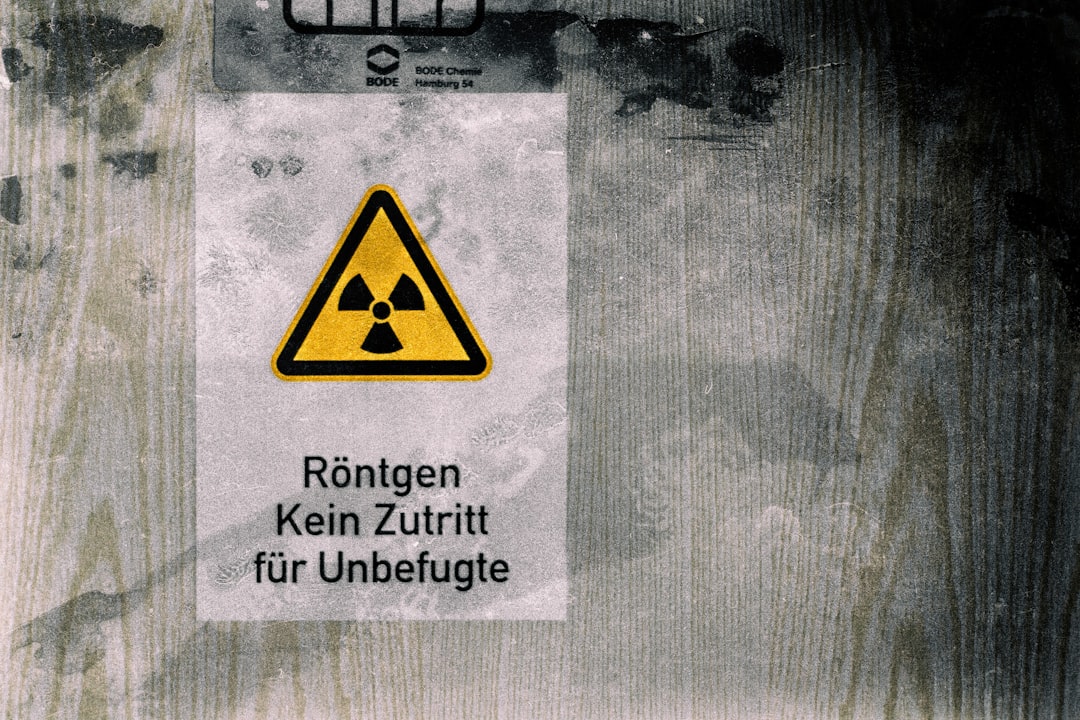What is it about?
Nanofibrous core-sheath nanocomposite dual drug delivery system based on poly(vinyl alcohol) (PVA)/chitosan/lidocaine hydrochloride loaded with gelatin nanoparticles were successfully prepared by the electrospinning method. Gelatin nanoparticles were prepared by nanoprecipitation and were then loaded with erythromycin antibiotic agent with the average particle size of ∼175 nm. The morphology of gelatin nanoparticles observed by field emission scanning electron microscopy (FE-SEM) was shown to be optimal at the concentration of 1.25 wt % of gelatin in aqueous phase by addition of 20 µL of glutaraldehyde 5% as the crosslinking agent. The nanoparticles were also characterized by dynamic light scattering, zeta potential measurement, and Fourier transform infrared spectroscopy (FTIR). The best bead free morphology for the PVA/chitosan nanofibrous mats were obtained at the solution weight ratio of 96/4. The nanofibrous mats were analyzed by swelling studies, FTIR and antibacterial tests. In vitro dual release profile of the core-sheath nanofibers was also studied within 72 h and showed the release efficiency equal to 84.69 and 75.13% for lidocaine hydrochloride and erythromycin, respectively. According to release exponent n, the release of lidocaine hydrochloride from the sheath part of the matrix is quasi-Fickian diffusion mechanism, while the release of erythromycin is based on anomalous or non-Fickian mechanisms.
Featured Image
Read the Original
This page is a summary of: Electrospinning of PVA/chitosan nanocomposite nanofibers containing gelatin nanoparticles as a dual drug delivery system, Journal of Biomedical Materials Research Part A, July 2015, Wiley,
DOI: 10.1002/jbm.a.35529.
You can read the full text:
Contributors
The following have contributed to this page










